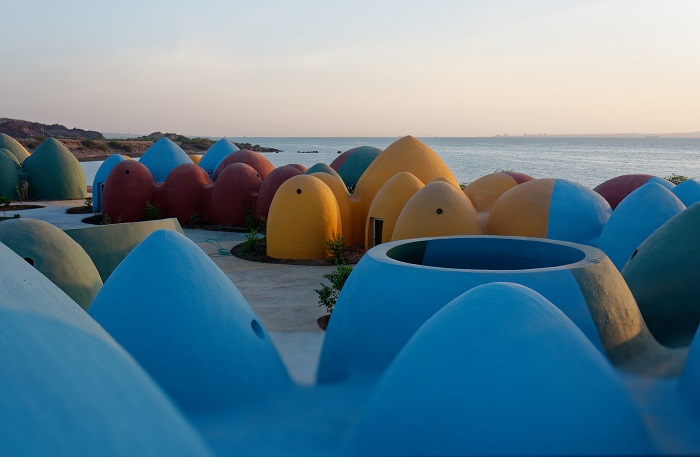Presence in Hormuz 02, Hormuz Island, Iran, project: ZAV Architects
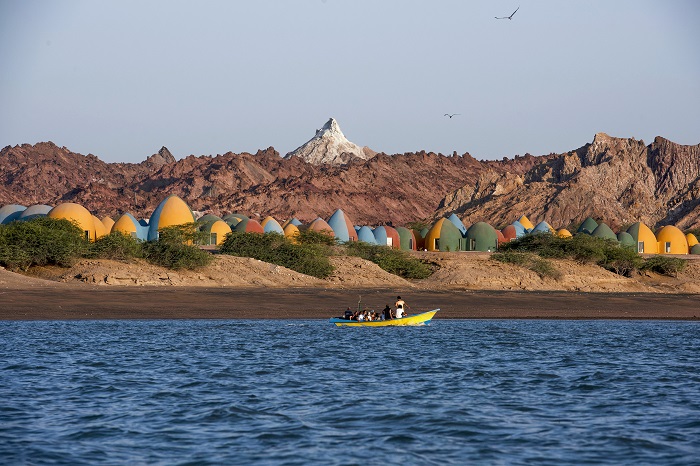
Hormuz is a formerly glorious historic port in the strategic strait of Hormuz in the Persian Gulf, South of Iran, that controls the shipment of petroleum from the Middle East. The island has outstanding colorful surreal landscapes. Oddly, the local inhabitants of the beautiful, touristic and politically strategic island struggle economically, getting involved in illegal trafficking activities using their boats.
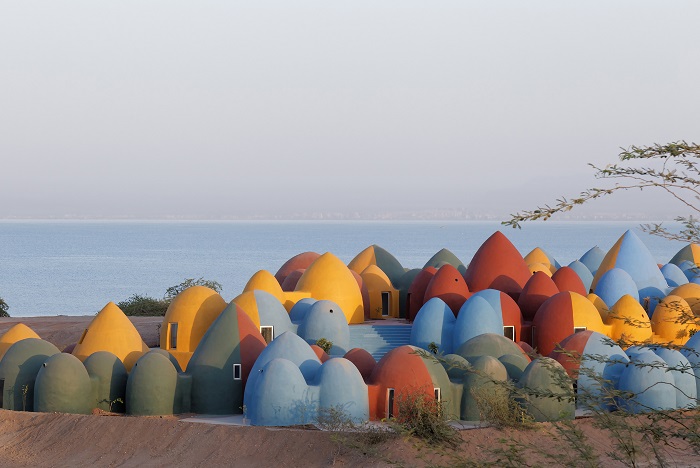
Owner: Ali Rezvani; Client: Ehsan Rasoulof; Project: ZAV Architects; Lead Architects: Mohamadreza Ghodousi, Fatemeh Rezaei, Golnaz Bahrami, Soroush Majidi; Design Assistants: Sheila Ehsaei,Sara Jafari, Payman Barkhordari, Mohsen Safshekan, Kaveh Rashidzadeh, Hossein Panjehpour; Landscape: Maryam Yousefi, Morteza Adib; Interior Design: Sara Jafari, Taraneh Behboud, Sara Nikkar, Mohsen Dehghan; Light Consultant: Tajang Light; Supervision: Soroush Majidi, Payman Barkhordari, Sheila Ehsaei. Photo: Tahmineh Monzavi, Soroush Majidi, Payman Barkhordari
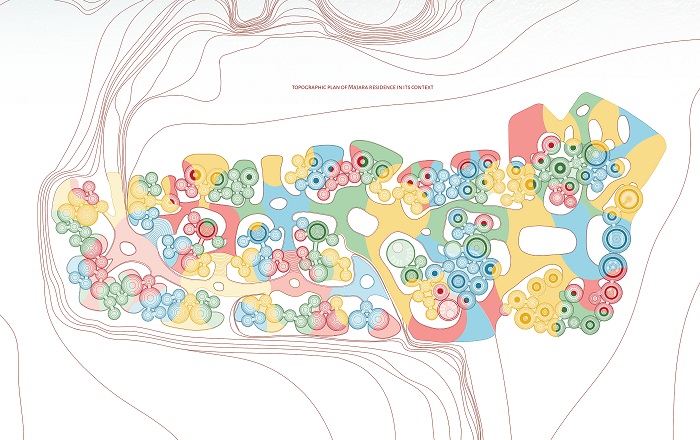
Presence in Hormuz is a series of urban developments by a semi-public institution that hired ZAV Architects, in order to empower the local community of the island. Its second phase is a multipurpose cultural residence called Majara (meaning adventure) residence that ties together the lives of local people and visitors both culturally and economically.
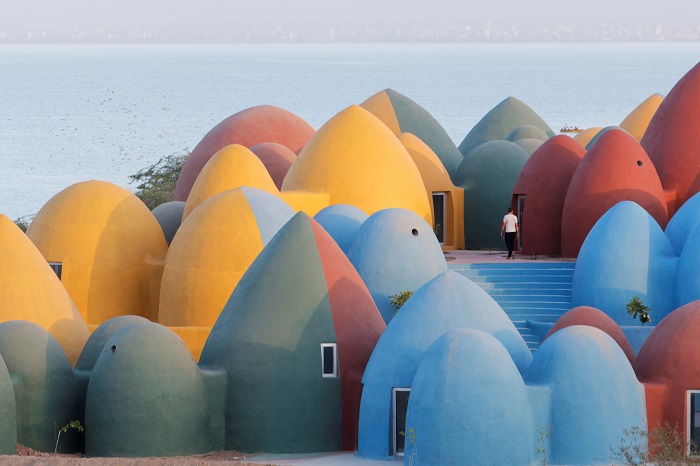
In a country where the state struggles with political disputes outside its borders, every architectural project becomes a proposal for internal governing alternatives, asking basic questions: what are the limits of architecture and how can it suggest a political alternative for communal life? How can it attain social agency? Architecture has the capacity of being a mediator in the middle ground where the interests of different groups converge, from the state and investors to various classes and groups of people.
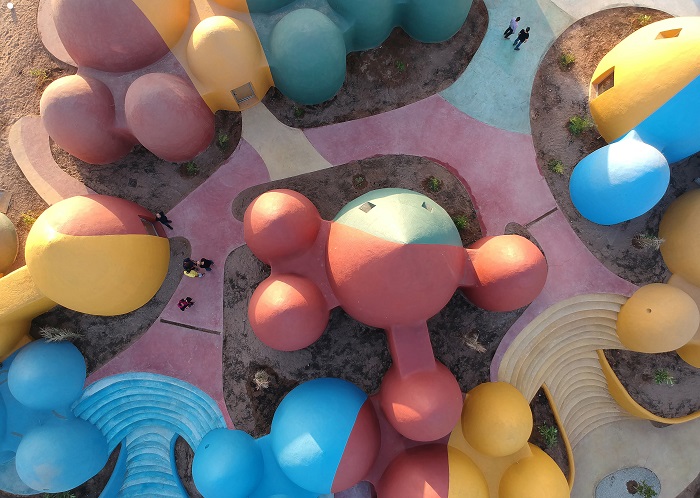
Presence in Hormuz is a continuous process aiming at building trust rather than architectural objects, in order to encourage the participation of local people and the inclusion of their interests in any intervention in the island.
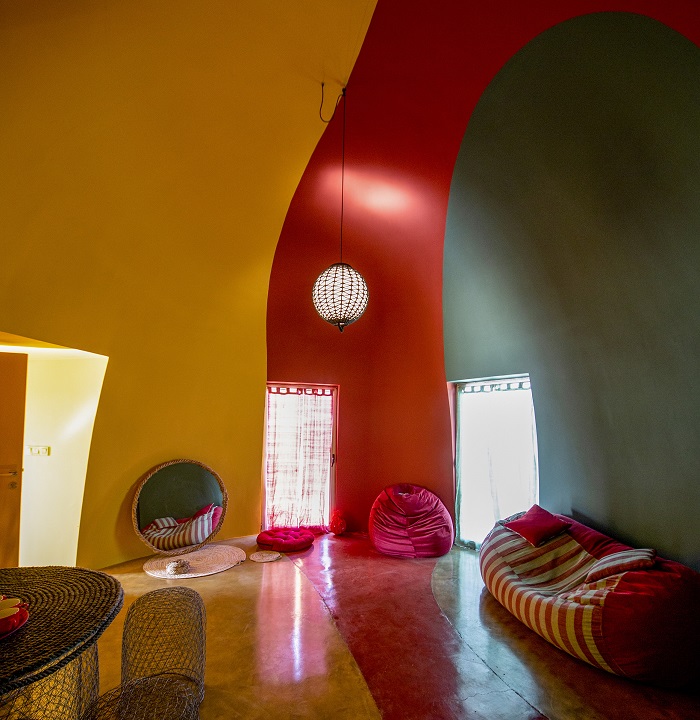
The project is a multitude of small-scale domes built with the super-adobe technique of Nader Khalili, the innovative and simple technique using rammed earth and sand. Domes are familiar structures in the region. Their small scale makes them compatible with the building capabilities of local craftsmen and unskilled workers, which have been prepared for this project with previous smaller projects. Today they are trained master super-adobe masons, as if Nader Khalili multiplied exponentially.
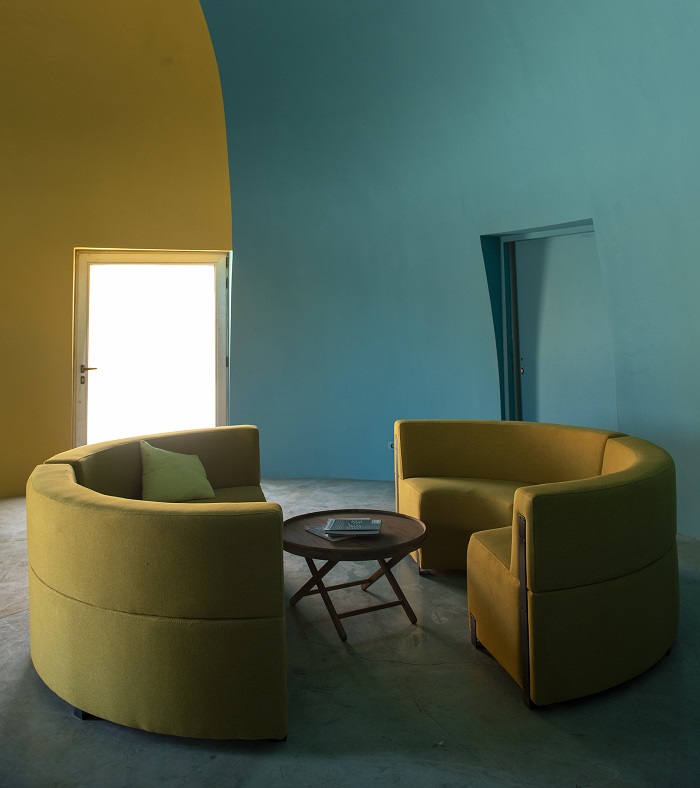
The infinite number of colorful particles, be they soil, sand, gravel or stone, pile up and form the rainbow topography of Hormuz island. In this project a carpet is woven with granular knots inspired by the particles that make up the ecotone of the island.
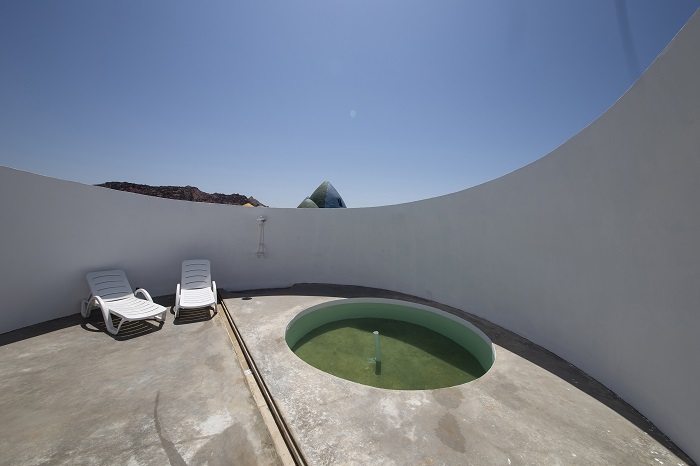
The sandbags that create the spatial particles (aka domes) are filled with the dredging sand of the Hormuz dock, as if the earth has swollen to produce space for accommodation.

